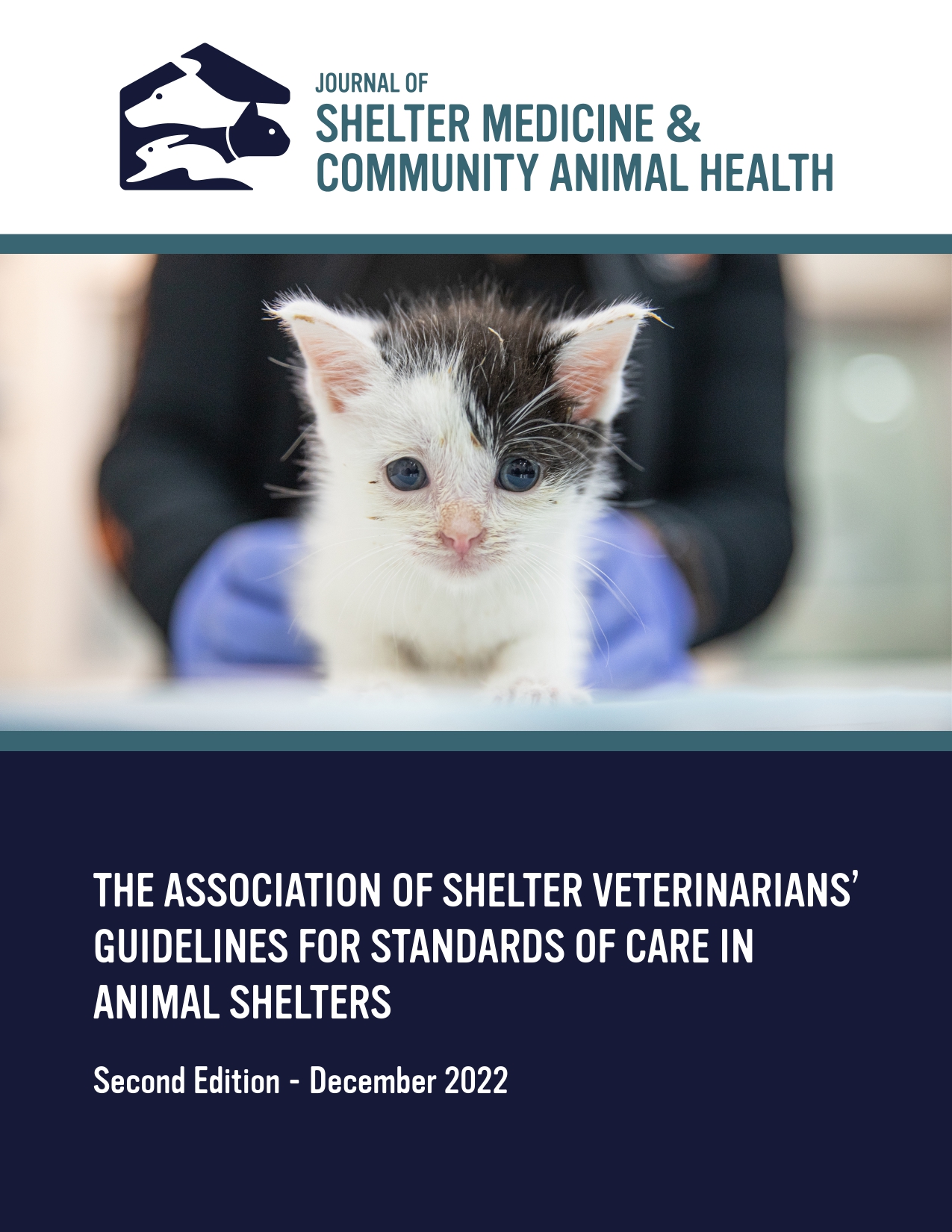Veterinary Clinician's Opinions and Experiences with the Feline Ovarian Pedicle Tie [Abstract]
DOI:
https://doi.org/10.56771/jsmcah.v2.51Abstract
Ligation of the feline ovarian pedicle is commonly performed by autoligation, also known as the pedicle tie. This technique is faster than double ligation with suture, has a very low risk of hemorrhage-related complications, and has been suggested as an acceptable standard in all practice settings. However, although it has been demonstrated to be appropriate for novice surgeons under supervision, fewer institutions teach autoligation than double ligation. This study aimed to determine the opinions and experiences of general practitioners regarding the feline ovarian pedicle tie.
An anonymous 23-question online survey entitled “Veterinary Clinician's Opinions and Experiences with Surgical Spay/Neuter Techniques” was advertised to veterinarians performing feline ovariohysterectomies via social media posts that also encouraged sharing and cross-posting. The survey questions, most of which presented non-exclusive answer options resulting in percentages summing to greater than 100%, probed the opinions and experiences of veterinarians regarding the technique.
There were 142 respondents, with 77 indicating the use of the pedicle tie and 65 indicating no use. Of those who used the pedicle tie, most reported learning from either a dedicated high-quality high volume (HQHV) educational setting (32%) or a colleague/mentor (32%). Nearly half used it in all cases, although 20% did not use it for pregnant cats. They had used it for a median of 5 (IQ 3-8) years, and 99% were comfortable teaching the technique to others. Of those who did not use the pedicle tie, 60% reported that it meets the standard of care (SOC), 14% reported that it does not, and 26% that it sometimes meets SOC. Most veterinarians not performing the pedicle tie thought it was appropriate for unowned cats or cats in HQHV programs (77-82%), but only 55% thought it was appropriate for owned cats in general practice. The most common reasons given for not using the technique were that they had not learned it in vet school (51%), followed by the fact that they had not seen it used before (34%) and that while they had seen it done, they were nervous to try (28%). Seventy-four percent of those who did not use autoligation of the feline ovarian pedicle used autoligation of the testicular pedicle, either the pedicle tie (40%) or figure 8 (34%). Of those who believed that the pedicle tie does not meet SOC, 78% indicated it was because they had not seen it used, and 67% because it was not taught in vet school. However, 89% reported that an expensive commercially available device with similar positive attributes, specifically reduced procedure time, met SOC. Veterinarians using the pedicle tie graduated more recently (P = 0.040), with the median year of graduation in 2011 (IQR 2004-2016) as compared to 2007 (IQR 1998-2014).
The greatest barrier to performing the technique or considering it SOC is a lack of familiarity with the method and the fact that it is not taught routinely in veterinary school. There is an encouraging trend, with more recent graduates being more likely to perform the technique; however, there remains an opportunity to increase use.











